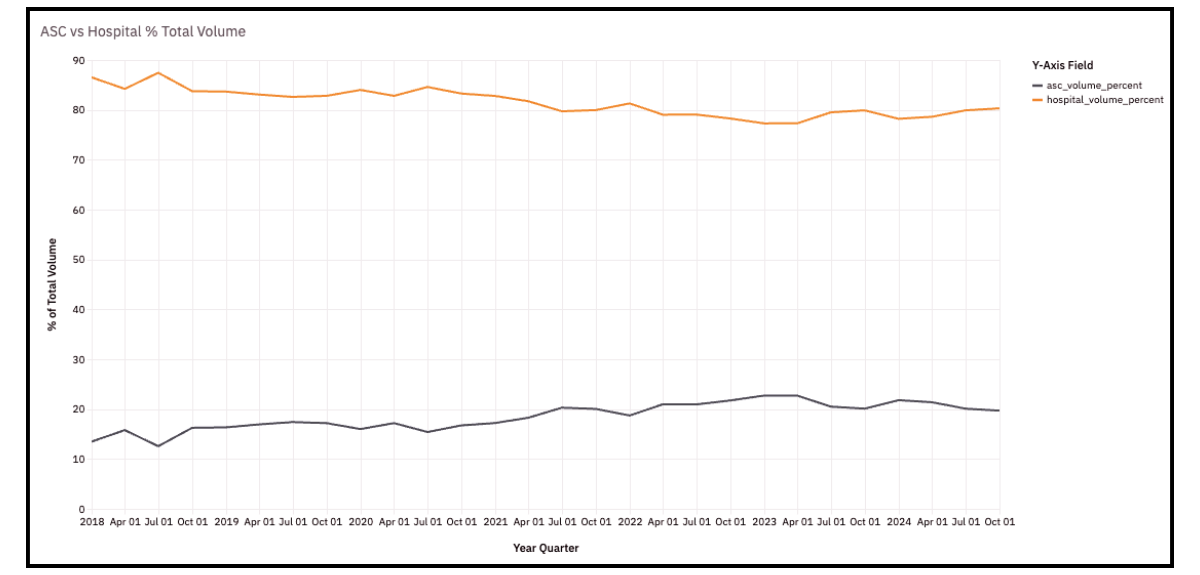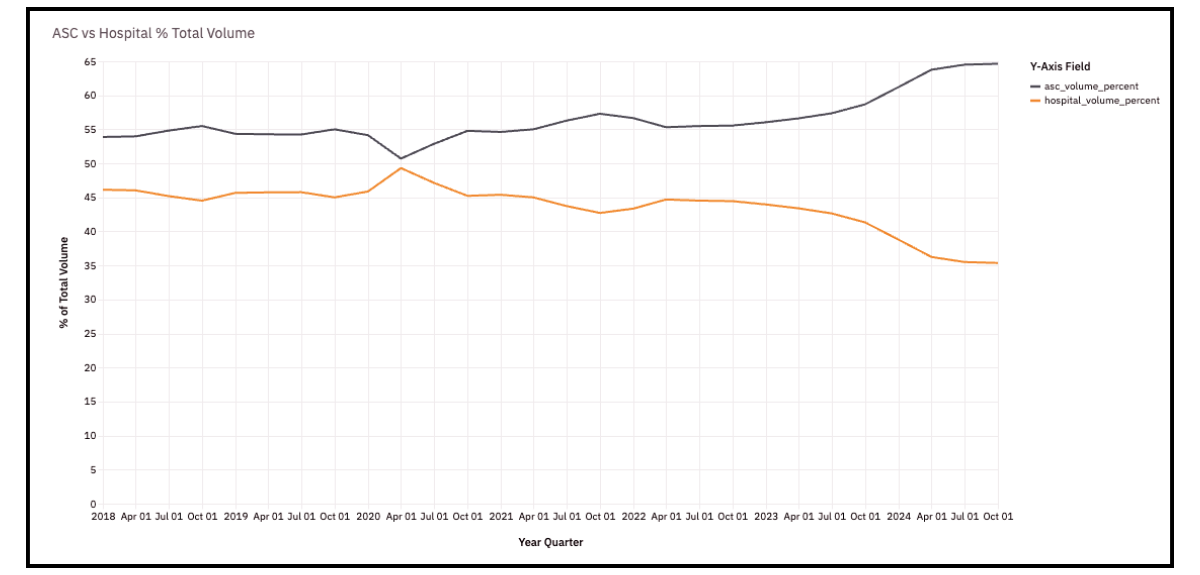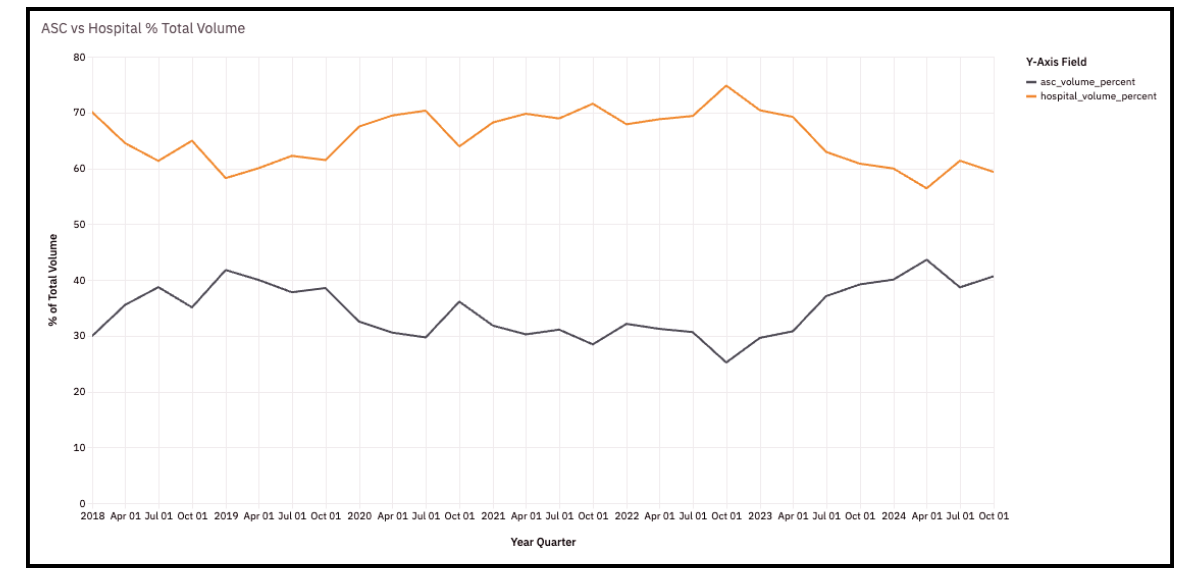Come see us at Flywheel 2025! Register Now »
Colorectal disease is a major concern in the United States, with colorectal cancer the second-leading cause of cancer death. Although survival rates approach 90% when caught early, once this cancer spreads, survival drops to about 16%.
Chronic conditions such as inflammatory bowel disease (IBD) and diverticulitis also put patients at risk. People often think of these as manageable quality-of-life issues, but without timely intervention, they can progress to serious complications.
Social stigma, lack of awareness about who is at risk, and confusion about when to seek care all contribute to patients delaying or avoiding evaluation. But colorectal problems are more common in the United States than most people realize:
However, two trends may help increase early detection and treatment of these conditions. First, more adults are aware of the benefits of early screening. And at the same time, a majority of patients now prefer the comfort and convenience of ambulatory surgery centers instead of hospital outpatient departments.
As patient preferences shift, ASCs may have an important role in expanding access to early detection and treatment. We examined our proprietary model to learn if procedures linked to colorectal health are becoming more common in ASCs. This model is derived from 100% of Centers for Medicare and Medicaid Services (CMS) data, as well as open- and closed-claim sources, covering more than 330 million patients.
For this study, we examined endoscopic (CPT codes 45300 - 45393) and laparoscopic (CPT codes 45395 - 45499) colorectal procedures as defined by the American Academy of Professional Coders (AAPC). Some procedures in this analysis include proctosigmoidoscopy, flexible colonoscopy with band ligation, laparoscopic removal of the rectum (with and without pouch), and laparoscopic colonoscopy with ablation.
ASC volume for these procedures is growing, but this trend is not uniform across the United States, raising questions of equal access to preventative care and early treatment.
Examining the northeast, south, midwest, and west as distinct regions, we find that:








Taken together, the data show that more colorectal procedures are shifting into ASCs, especially for endoscopic exams that play a central role in screening, surveillance, and early intervention. This can lower barriers to care for patients who might delay or avoid screening.
However, progress is uneven. Laparoscopic procedures - often used for more advanced disease or surgical intervention - still occur predominantly in hospitals, and both endoscopic and laparoscopic volumes vary widely by region and state. In some areas, patients may face greater obstacles to timely treatment.
The stakes are high. Routine screening and earlier treatment of abnormal findings can dramatically change outcomes for colorectal cancer, IBD, and diverticular disease. The trends in this analysis are encouraging because they suggest growing options for where patients can receive care. But the regional gaps also highlight an important public health priority: continuing to increase awareness of the importance of colorectal screening and care while incentivizing increased access to those procedures so more patients can benefit from early detection and prompt treatment.